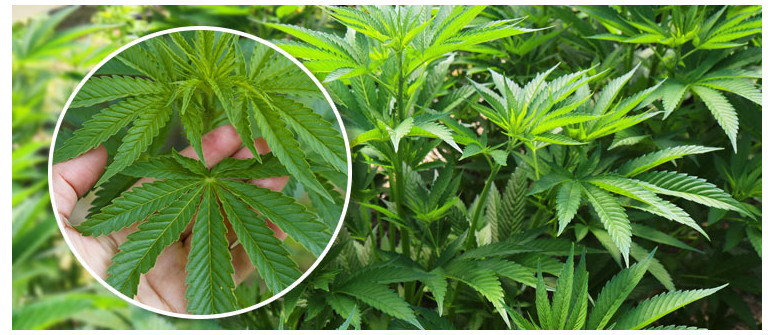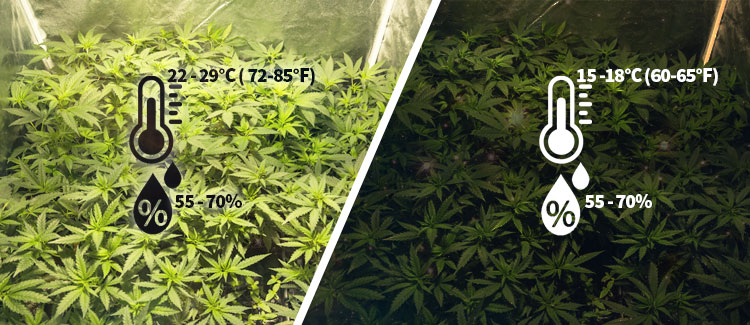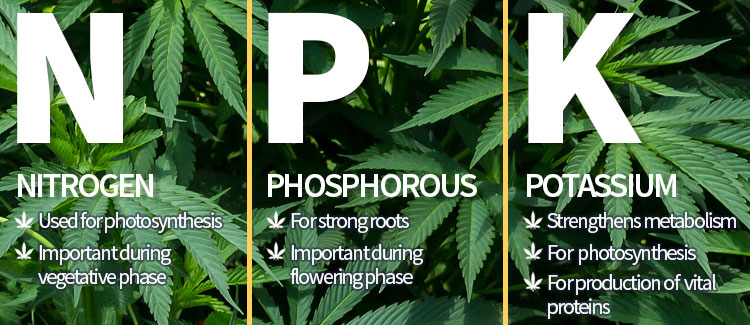The vegetative period of cannabis plants

Learn essentials and facts about the vegetative period of cannabis plants here in this part of our growing guide at CannaConnection.
The vegetative phase is a key part of the cannabis grow cycle. It is when plants “veg out”: and develop, ultimately creating more sites for buds to grow.
Hence, it is really important to ensure you understand the vegetative phase properly and adequately care for your plants during this time to ensure they’re in top-form when it comes time to flower.
WHAT IS THE VEGETATIVE PHASE?
The vegetative phase is when cannabis plants do the majority of their growing. During this stage your plants will build up the strength and resilience to eventually go into flowering, at which stage they’ll stop growing and focus solely on producing big, beautifuls buds. Seedlings usually enter the vegetative phase after 2 weeks of solid growth.
The length of the vegetative stage varies greatly. Indoor growers tend to keep their plants in the vegetative phase for roughly 4 weeks, although this all depends on the genetics and phenotype you’re working with. While some plants may be ready to begin flowering in 2 weeks, others may only get there in 6.
Outdoor growers, on the other hand, don’t have the option to “force” their plants into flowering. Instead, outdoor plants do so naturally when they begin to receive less light. This usually happens during the end of summer or beginning of fall.
Hence, the length of the vegetative phase for outdoor plants depends mainly on when you started growing. If you planted your seeds at the beginning of spring, your plants may be in their vegetative phase for a few months. If you started later on, however, the vegetative phase of your plants may only last 1 or 2 weeks.
LIGHT REQUIREMENTS DURING THE VEGETATIVE PHASE
In order to keep your plants from flowering, you’ll want them under constant light for at least 18 hours per day. Some growers choose to push this even further to full light periods of up to 20 hours. Finding the sweet spot usually takes practice and will vary from plant to plant. However, a 18-6 light-dark period is pretty standard.
TEMPERATURE, HUMIDITY, AND AIRFLOW

During the vegetative phase, the temperature in your grow room should stay between 22 and 29°C (or 72-85°F). Most growers will argue that the sweet spot is somewhere around 25°C (75°F), but stay within this range and you should be fine. You may want to drop these temperatures during dark periods; most plants will be fine at temperatures between 15 and 18°C (60-65°F) during their dark hours. Be careful not go below 18°C for longer than couple hours, otherwise you might disrupt the Phosphorus uptake.
Humidity levels in your grow room should stay between 55 and 70%. Just make sure to have good airflow around and between your plants. This is important for a number of reasons.
First of all, it builds up strength in your plants as they have to stand up to the force of the air. Secondly, it helps keep temperatures and humidity levels stable throughout the entire grow space and stops the build up of “hot pockets” (sections of the grow room where temperatures are higher). Finally, it also helps protect your plants against mould.
WATERING DURING THE VEGETATIVE PHASE
As with any plant, watering is really important in growing healthy cannabis plants. Make sure you water your plants regularly but only when their soil is dry. Do not water them while it is still damp or you might be doing your plants more harm than good. A good way to test if your plants are dry is to simply touch the top layer of soil. Alternatively, try to put your hand under a leaf and lift it. Light leaves that put up little to no resistance are dry, meaning it's time to water your plants.
NUTRIENT REQUIREMENTS DURING THE VEGETATIVE PHASE

The 3 main nutrients cannabis plants need during their vegetative phases are nitrogen, potassium, and phosphorous. Nitrogen is particularly important as it is the main nutrient the plants use during this stage. Phosphorous and potassium, on the other hand, are really important during the flowering cycle.
The amount of nutrients your plants need varies. A good rule of thumb is to follow the package instructions. Then, as you get more experience you’ll likely begin adjusting these levels based on your knowledge of your plants.
FINAL CONSIDERATIONS
When it comes to growing cannabis, it is really important to pay extra attention to your plants. There are tell-tale signs every grower looks for that help them decide what their plants need and how they’re developing.
You’ll likely develop this knowledge as you get more harvests under your belt. Until then, keeping reading up on grow literature to ensure you get the best out of your plants.
.jpg)
.jpg)

.jpg)
